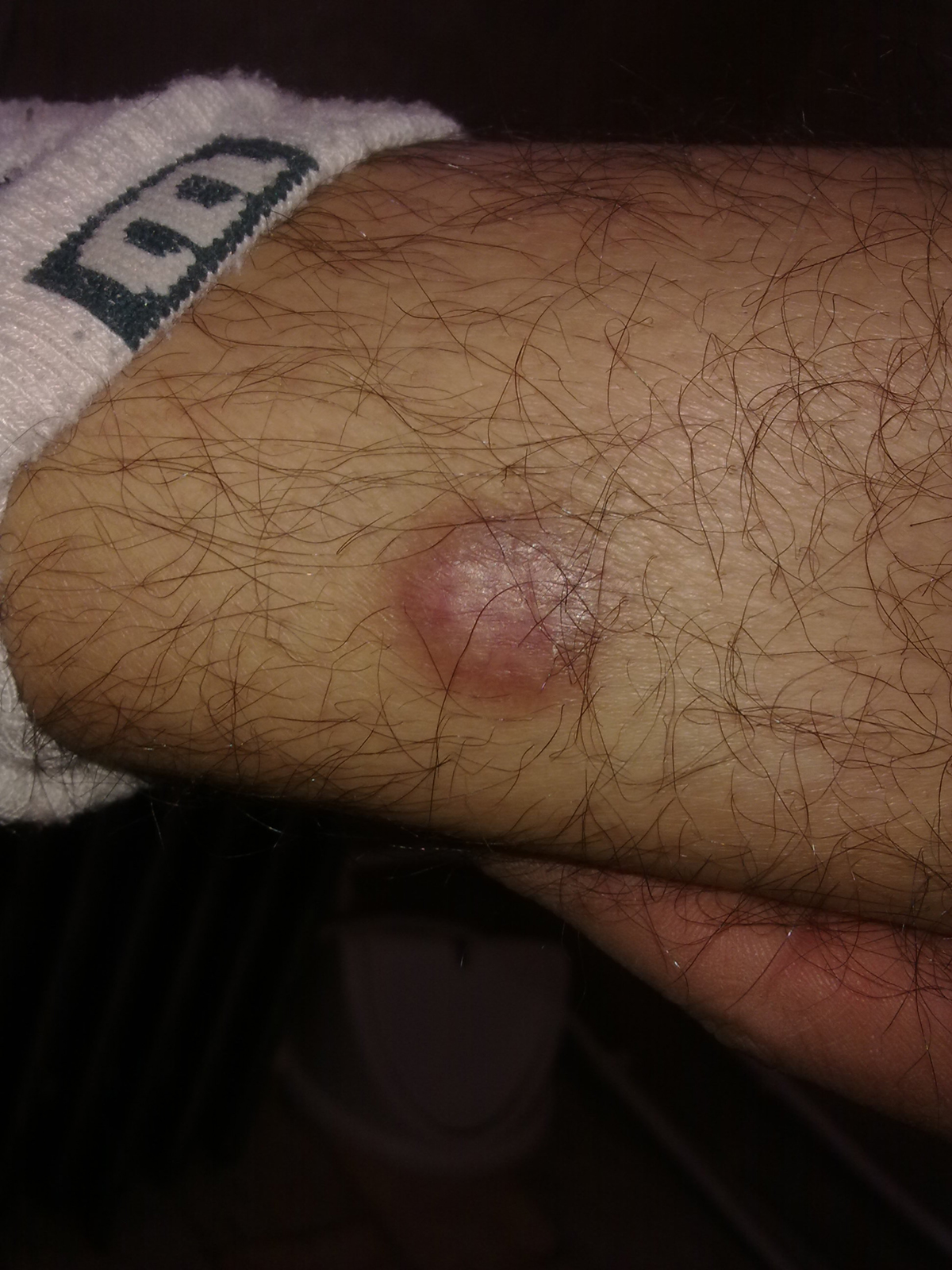
Diabetes mellitus is a group of metabolic diseases characterized by high sugar levels in blood. This occurs when body fails to produce insulin, or because the body’s cells do not respond to the insulin sufficiently enough. According to this difference, there are two main types of diabetes: type 1 that results from the body’s failure to produce insulin; and type 2 which is a condition in which cells fail to utilize insulin properly. All forms of diabetes are treatable and controllable, but both types are chronic conditions that cannot be cured. Moreover, diabetes mellitus affects multiple body systems and it often occurs with other more or less severe side effects. Skin conditions are only some of the common problems associated with diabetes mellitus.
Scleroderma diabeticorum
This is a rare skin problem that affects people with type 2 diabetes. The condition is characterized by thickening of the skin on the back of the neck and upper back. This condition is treatable and first signs of improvement will show as soon as blood sugar gets under control again.
Acanthosis nigricans
This condition is linked to insulin resistance and it typically appears as darkening and thickening of particular areas of the skin. It is most visible in the delicate skin folds, which may appear tan, brown, or even slightly raised. Top of the knuckles usually have the most awkward appearance. More commonly, the condition will manifest in appearance of small wart-like growths usually around neck, armpits, breasts or groin. This condition typically precedes diabetes and is considered to be a marker for the disease.
Necrobiosis lipoidica diabeticorum
This is a condition associated with reduced blood supply to the skin. It is caused by changes in the collagen and fat content deep inside the skin. The affected area appears thinned and red, usually affecting lower parts of the legs. In some cases, this skin change is itchy and painful.
Diabetic dermopathy
This is a condition that also occurs as a result of reduced blood supply to the skin. Diabetic dermopathy are shine and round oval lesions affecting the front lower parts of the legs. They are sometimes itchy and may cause burning sensation, but they generally do not require any kind of treatment.
Eruptive xanthomatosis
This condition appears as firm, yellow, grainy bumps on the skin. It usually affects patients whose blood sugar levels are poorly controlled, in a point when triglyceride levels in blood rise too high. It occurs because body fails to clear the fat from the blood. Treatment includes controlling the levels of fats and taking lipid-lowering drugs.


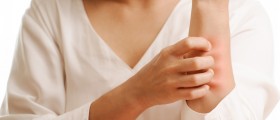
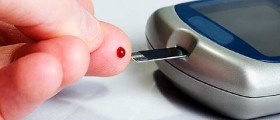

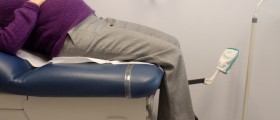

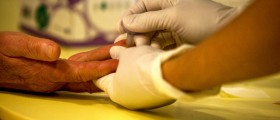





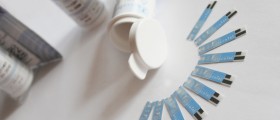

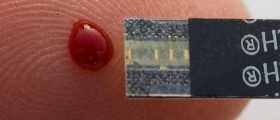

Your thoughts on this
Loading...